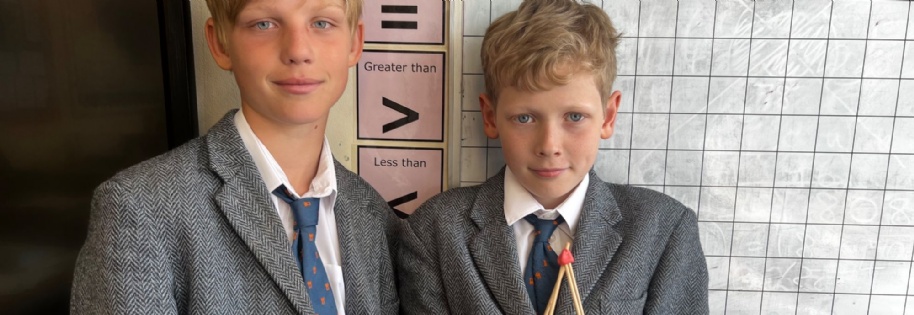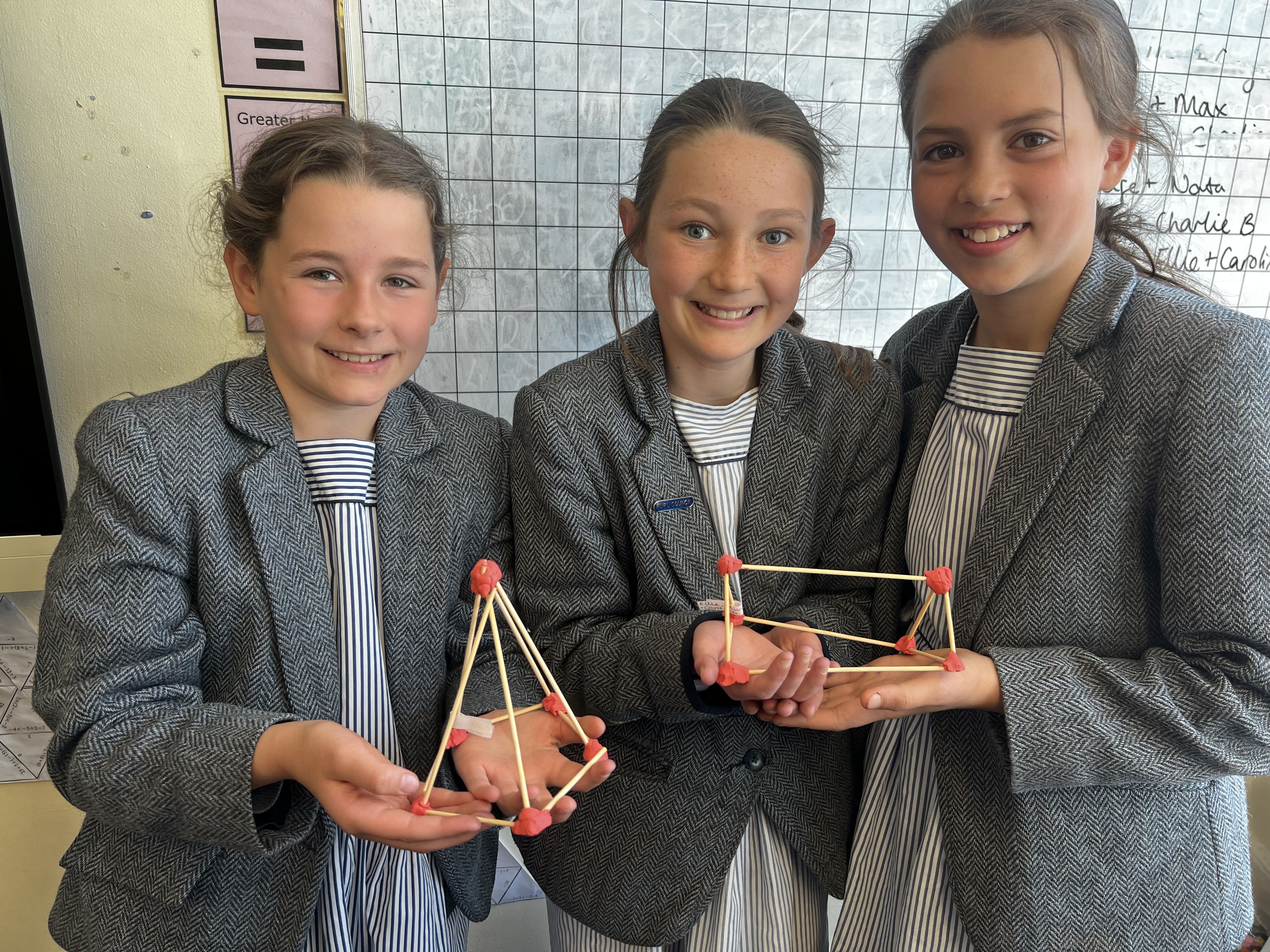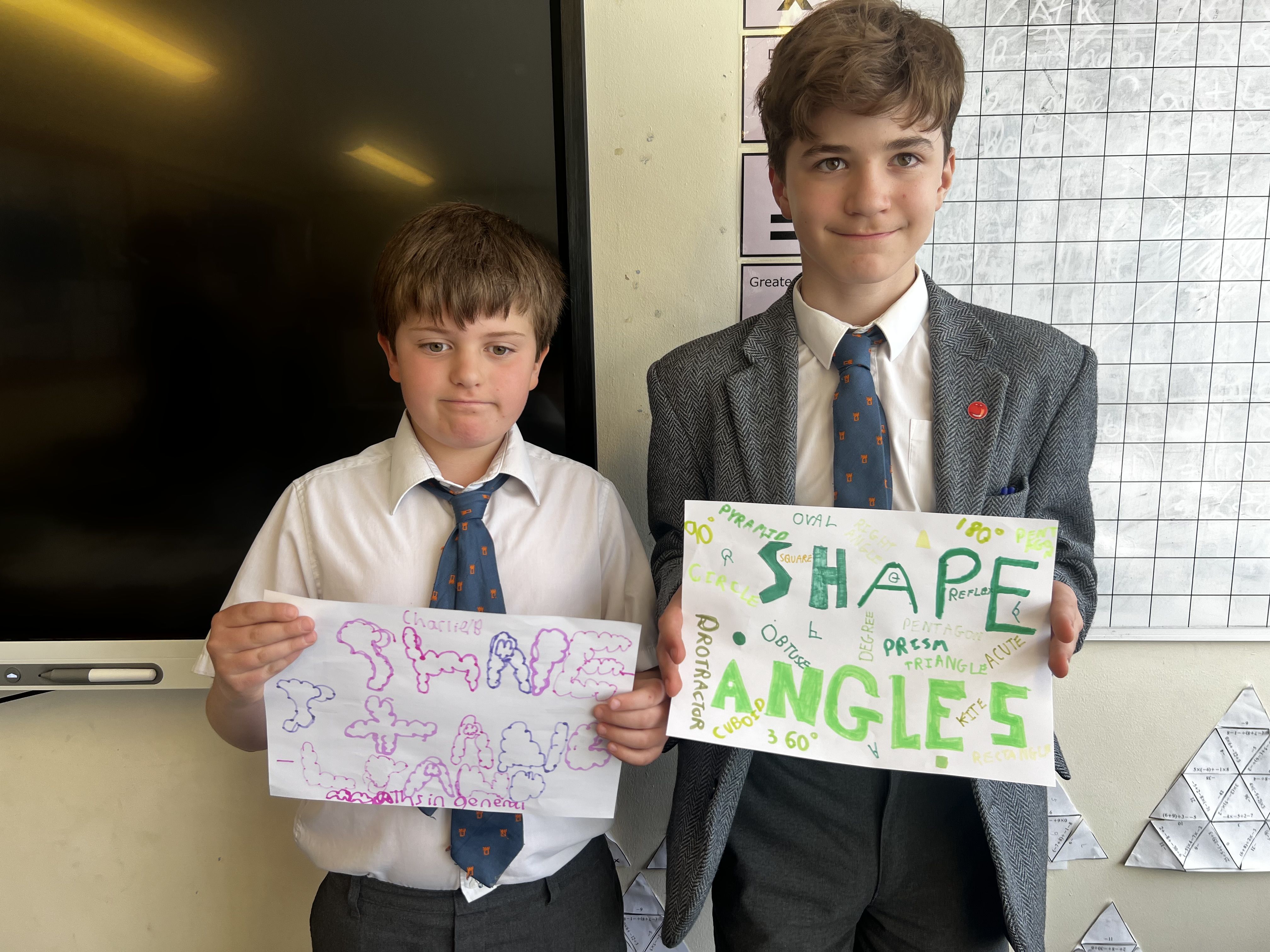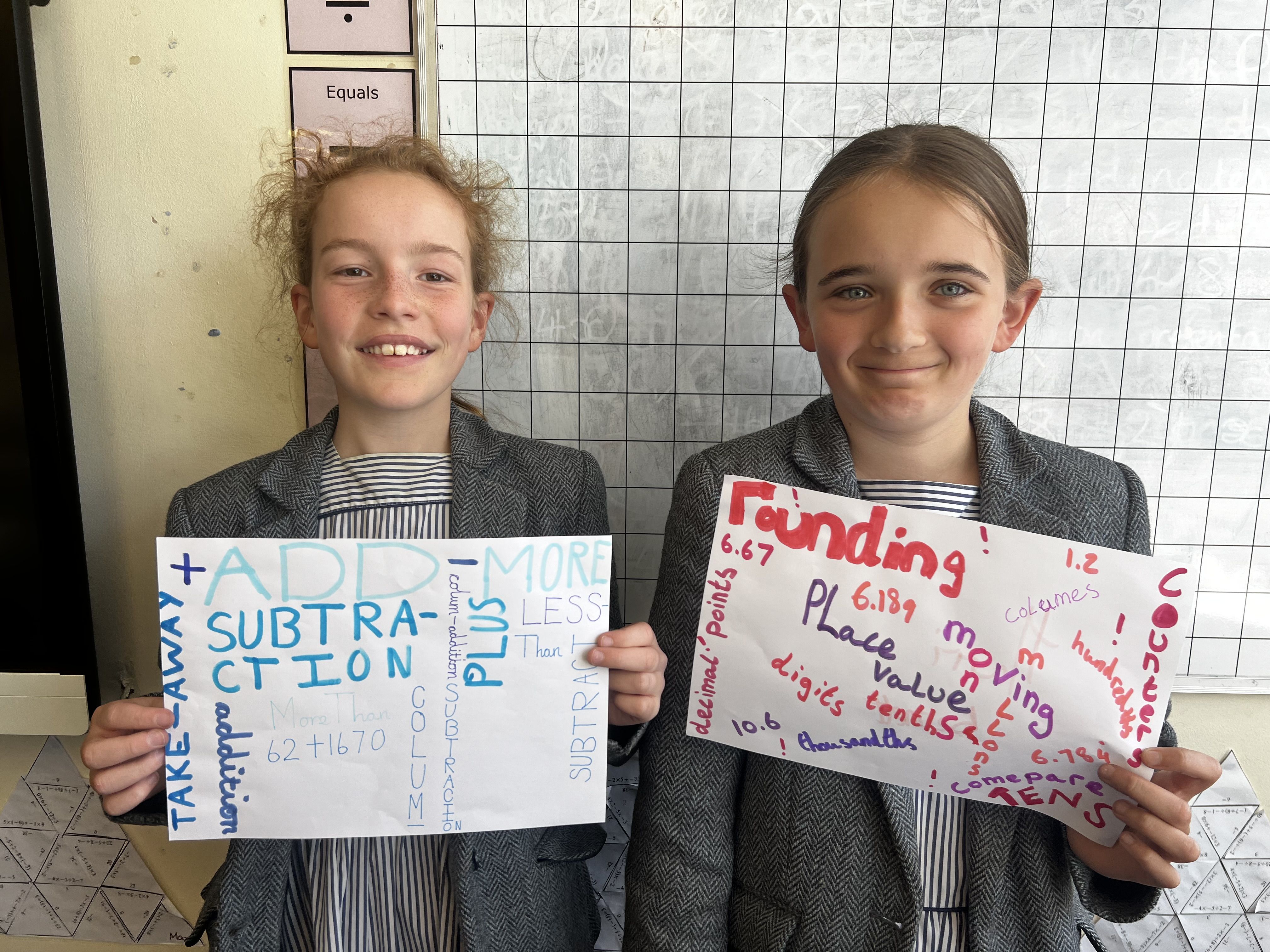
During Maths Week, lessons focused on highlighting the cross-curricular links between Maths and other subjects, as well as how we use Maths in everyday life.
Year 3 began the week with a lively Music and Drama session called Rhythm Parade, where the children clapped, stepped, and moved to the beat while exploring number patterns. Later in the week, they stepped outside the classroom to investigate the question: Does the longest femur mean the longest jump? Working in pairs, the children measured the length of their femurs, recorded their data, and tested their standing jumps. There was plenty of excitement as they used rulers and measuring tapes to explore the relationship between body measurements and physical performance. To round off the week, Year 3 embarked on a Rainforest Orienteering Adventure around the school grounds. Using their map skills and knowledge of directions, they followed clues, solved mathematical challenges, and discovered hidden rainforest animals. It was a fantastic blend of problem-solving, teamwork, and exploration.
Year 4 focused on creating maps of their settlements and understanding concepts such as a bird’s-eye view and scale. This evolved into practical activities that developed their spatial awareness. As part of exploring Maths in everyday life, Year 4 also learned about the importance of money. They were tasked with adding sums, recognising different coins, reading prices, and saving for something they would like to buy. These activities helped the children strengthen their real-life problem-solving skills.
In Science, Year 5 conducted experiments that involved measuring angles, calculating distances in centimetres, and presenting their findings in bar graphs. Meanwhile, Year 6 explored living organisms in their habitats, discussing adaptations and changes in animals across historical timelines.
Years 5 and 6 used their Design and Technology skills to build 3-D shapes using plasticine and dowel rods. Year 6 then created detailed drawings of their 3-D models on isometric paper.
As part of a Maths and Art collaboration, Years 6 and 7 designed tessellations using 2-D shapes, focusing on ensuring accurate tiling before creating repeating patterns. Later in the week, Years 5 and 6 combined English, Maths, and Art by identifying key terms from their topics and creating word clouds to visually represent them.
To integrate Maths and Geography, the children put their map reading skills to the test. They plotted given grid references on maps while solving Maths problems to discover their next location.
At the end of the week, Years 6 and 7 received "boarding passes" and got busy planning imaginary holidays. Given a budget, climate, family size, and a non-negotiable requirement, they planned a trip for the half-term break. There was some disappointment when they learned that Mrs Goldsmith would not be taking them on a real holiday!
Throughout the week, the children discovered that Maths is all around us—from music and movement to measuring and map reading. It was a joyful reminder that we use our Maths skills every day.
Mrs Goldsmith, Head of Maths



